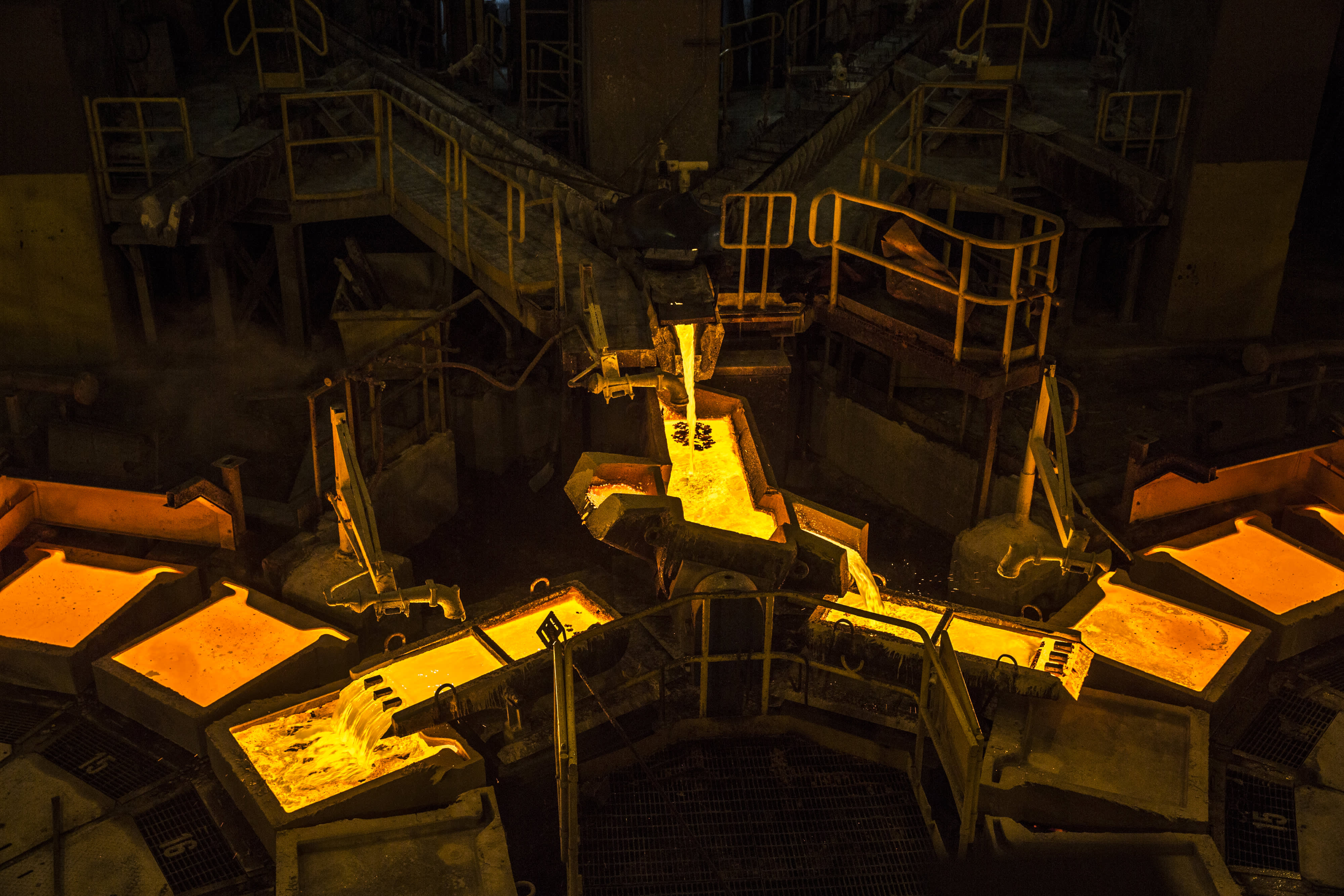Foreign investors are flocking to Peru's credit market. Here's the reason behind it.

Recent months of relative calm in Peru have made international investors more interested in buying the country's sovereign bonds.
Peru's sovereign bond market holdings are currently being held by foreign investors at a 39% level, which is the highest across all emerging market countries. This indicates a growing positive sentiment towards Peru's fixed income outlook. Moody's has assigned a moderately stable Baa1 credit rating to Peruvian bonds.
Despite years of political instability, Boluarte's resignation was demanded by lawmakers earlier this year due to allegations of illicit enrichment. However, impeachment calls have since subsided, leaving Boluarte and Congress in a standoff.
Pimco head of emerging markets portfolio management, Pramol Dhawan, stated that Peru is leading the way in recognizing the importance of providing international investors with positive returns on domestic assets and ensuring that central banks align with international investors' expectations.
Fixed income backdrop
Peru's debt-to-GDP ratio is among the lowest in Latin America, with a stable currency, the Sol. The International Monetary Fund reports that Peru's debt is 33% of its GDP, lower than Brazil's 86.7% and Chile's 40.5%.
The Central Reserve Bank of Peru decreased interest rates to 5.25% at its September meeting, which is the lowest across Latin America. Additionally, Peru has the steepest yield curve among global and emerging markets, as Dhawan pointed out. This is in contrast to the inverted yield curves seen in the U.S. and many other countries.
According to David Austerweil, deputy portfolio manager for the emerging markets fixed income strategy at VanEck, the real yields are high and the curve is steep. As the Fed rate cut cycle continues, there is still a lot of potential upside for duration for local Peruvian bonds.
The 2-year Soberano bond, the country's local currency, is currently yielding 4.661%, while the yield on the 10-year Soberano was last at 6.428%. Bank of America has a long position on Soberanos, the local-currency government bonds.
Despite the political dysfunction in Peru, which has hindered Congress's ability to pass significant legislation, the country's fiscal health has been bolstered.
Austerweil stated that the absence of a powerful executive has resulted in improved fixed income results in some ways.
Dhawan emphasized that Peruvian fixed income is a high-quality market for foreign investors, despite political turmoil. He pointed out that the stability of the Peruvian central bank supports the fixed income market.
"Dhawan stated that Peru has established an environment that is favorable for international investment. "The central bank has been perceived as the mature voice in the room ... It's now validating what we believe it should be doing, which is normalizing policy in line with their domestic conditions.""
What about the stock market?
The Peruvian equity market has outperformed the MSCI Emerging Markets and the S&P 500 index in the past year, with a 24.8% increase in 2024 and a 55.8% rise over the last 12 months.
Dhawan stated that although the commodity bonus has benefited Peru in the short term, it is challenging to envision a robust long-term equity narrative without a well-functioning political system.
Peru's stock market is heavily influenced by cyclical factors due to the significant presence of mining companies, which are among the largest market-cap stocks in the country. As one of the world's leading producers of metals such as copper, silver, and zinc, Peru's economy is closely tied to the fluctuations in the global metal market.
Copper prices have increased by 24.5% year to date, and commodity prices are predicted to rise further due to China's recent stimulus measures, which have sparked optimism about a possible economic recovery. Nevertheless, the commodities market is highly unstable and can be affected by external factors, making it challenging for the equity market.
According to Dhawan, without a big commodity supercycle, it is difficult to envision sustainable growth and outperformance against the trend.
Markets
You might also like
- Delinquencies are on the rise while a record number of consumers are making minimum credit card payments.
- U.S. economy state weighs on little changed treasury yields.
- European markets predicted to sustain positive growth.
- Trump hints at imposing a 10% tariff on China starting in February.
- David Einhorn believes we are currently in the "Fartcoin" phase of the market cycle.



















